SEARCH TOURS
Moc Chau highland, colorful painting
Have you ever heard about one-season highland? That is a place of bright natural colors, plants and people. Moc Chau (Mộc Châu) is such a place.
Moc Chau Plateau is not just blessed with beautiful landscapes, it is blessed with beautifully changing landscapes.
In the spring, for instance, apricot and plum blossoms are almost everywhere, painting the whole plateau white.
In the summer and autumn, Moc Chau looks as if it were painted in green – the color of tea plantations on hills. Here and there, red plums ripen on trees.
For this time of the year, between November and January, there are white mustard flowers, yellow tree marigold flowers, and occasionally red poinsettias.
This period is perhaps the most popular among Vietnamese travelers, especially young backpackers, who look forward to it like the Japanese do their cherry blossom season.

Thai and Mong ethnic minority people, who account for a majority of Moc Chau’s population plant white mustard trees to harvest oil from their seeds.
In the past, they planted the tree almost everywhere, creating vast white fields during the blossom season. The fields looked endless, as if running till the horizon, and almost hiding houses that were located in the middle of the fields.
Many people, therefore, dubbed Moc Chau “the white plateau.”
That nickname has never changed, even though in recent years locals have decreased mustard plantation size to add other trees like corns to improve their incomes.
One of the most famous venues is areas around Ban Ang (Ang Village), which is about two-five kilometers from Moc Chau Town. Another is Thong Cuong Village, about six kilometers from the town.
However, since locals plant the tree at different times, mustard flowers do not blossom at the same time. So, to find a good plantation, you should ask local people, who are willing to show you the way.
According to Moc Chau’s tourism management board, this year local people collect some fees (about VND 10,000-20,000 per person at Ban Ang) from tourists who enter their plantations for taking photographs.

On the other hand, unlike mustard, a majority of tree marigold is left to grow in wild in Moc Chau; only a small part is grown as hedges.
Therefore, while it takes time and efforts for visitors to locate white mustard fields, the yellow flower that looks like sunflowers is practically present almost everywhere, even right at Moc Chau Town.
But, here are some venues that you can use as a striking background for your pictures: routes to Pa Phach 1 and 2 villages of Thai people, about 15 kilometers from the town; Na Kien Village, some five kilometers from the town; and Loong Luong Village, some 20 kilometers from the town.
Wanderer’s treats
Even though white mustard and tree marigold flowers are very attractive, while you are in Moc Chau, do not pursuit them only.
During my last trip, besides flower hunts, I kept wandering far from the town’s center.
On many occasions, I came across pleasures brought to me by both the nature and the human: a brightly yellow tree marigold hedge; a path with red poinsettias; a green hill of fragrant tea; a glass of ruou ngo (corn wine) treated by a young Mong man, warming me up in the cold weather; or bright smiles of local children.
At distant villages like Suoi Lin, Ban On, Ta Phin, Pa Khen, Tan Lap, and Loong Sap, I found the land’s peacefulness and simplicity.
I could sit for hours, watching local women doing their sewing, or local children playing, jumping, cycling, climbing on plum trees, and chit-chatting.
I have been to Moc Chau for too numerous times to remember, and I have a clear picture of the plateau in different seasons: spring, summer, autumn, and winter.
But, whenever white mustard flowers start blooming, I still want to come back to capture “the white plateau” on my camera, and wander around in the winter’s chilliness and fogginess.
In the spring, for instance, apricot and plum blossoms are almost everywhere, painting the whole plateau white.
In the summer and autumn, Moc Chau looks as if it were painted in green – the color of tea plantations on hills. Here and there, red plums ripen on trees.
For this time of the year, between November and January, there are white mustard flowers, yellow tree marigold flowers, and occasionally red poinsettias.
This period is perhaps the most popular among Vietnamese travelers, especially young backpackers, who look forward to it like the Japanese do their cherry blossom season.

Fields of white mustard flowers in Moc Chau
The white plateau
Thai and Mong ethnic minority people, who account for a majority of Moc Chau’s population plant white mustard trees to harvest oil from their seeds.
In the past, they planted the tree almost everywhere, creating vast white fields during the blossom season. The fields looked endless, as if running till the horizon, and almost hiding houses that were located in the middle of the fields.
Many people, therefore, dubbed Moc Chau “the white plateau.”
That nickname has never changed, even though in recent years locals have decreased mustard plantation size to add other trees like corns to improve their incomes.
One of the most famous venues is areas around Ban Ang (Ang Village), which is about two-five kilometers from Moc Chau Town. Another is Thong Cuong Village, about six kilometers from the town.
However, since locals plant the tree at different times, mustard flowers do not blossom at the same time. So, to find a good plantation, you should ask local people, who are willing to show you the way.
According to Moc Chau’s tourism management board, this year local people collect some fees (about VND 10,000-20,000 per person at Ban Ang) from tourists who enter their plantations for taking photographs.

The pink plateau
Therefore, while it takes time and efforts for visitors to locate white mustard fields, the yellow flower that looks like sunflowers is practically present almost everywhere, even right at Moc Chau Town.
But, here are some venues that you can use as a striking background for your pictures: routes to Pa Phach 1 and 2 villages of Thai people, about 15 kilometers from the town; Na Kien Village, some five kilometers from the town; and Loong Luong Village, some 20 kilometers from the town.
Wanderer’s treats
Even though white mustard and tree marigold flowers are very attractive, while you are in Moc Chau, do not pursuit them only.
During my last trip, besides flower hunts, I kept wandering far from the town’s center.
On many occasions, I came across pleasures brought to me by both the nature and the human: a brightly yellow tree marigold hedge; a path with red poinsettias; a green hill of fragrant tea; a glass of ruou ngo (corn wine) treated by a young Mong man, warming me up in the cold weather; or bright smiles of local children.
At distant villages like Suoi Lin, Ban On, Ta Phin, Pa Khen, Tan Lap, and Loong Sap, I found the land’s peacefulness and simplicity.
I could sit for hours, watching local women doing their sewing, or local children playing, jumping, cycling, climbing on plum trees, and chit-chatting.
I have been to Moc Chau for too numerous times to remember, and I have a clear picture of the plateau in different seasons: spring, summer, autumn, and winter.
But, whenever white mustard flowers start blooming, I still want to come back to capture “the white plateau” on my camera, and wander around in the winter’s chilliness and fogginess.

Thai and Mong ethnic minority people in Moc Chau
Getting there
From Hanoi, you can get to Moc Chau by motorbike. Go along Nguyen Trai Street in Thanh Xuan District, and then take National Road 6. The route is straight and is quite easy but pay attention to the weather. It is best to go on sunny days. Foggy and drizzly days demand a lot of caution while driving. It takes five-six hours to reach Moc Chau driving at a stretch, not an advisable thing to do.
The route from Hanoi to Moc Chau is known for beautiful landscapes, so if you have time, stop by to take photographs.
Or, take a bus from the My Dinh Bus Station. Ticket prices range between VND 130,000-190,000 ($6.14-8.98).
For accommodation: a hotel room is priced VND 200,000-300,000 on average; homestay service costs about VND50,000/person.
For eating: Restaurant 64 and Restaurant 70, which are five – seven kilometers from Moc Chau Town’s T-intersection, are famous and recommended. Or, choose small restaurants around the town. A meal costs VND 70,000-100,000 ($4.25-4.72) a person.
Must-eats: be chao (deep-fried veal), ca suoi ran (fried fish which is caught from local streams), rau cai meo (a leafy vegetable which is usually grown and eaten by the Mong ethnic people, and is best when boiled), mang ot (a kind of native bamboo sprouts fermented with chili), fresh cow milk, and foods made from tea.
Like Golden Buffalotravel
Share

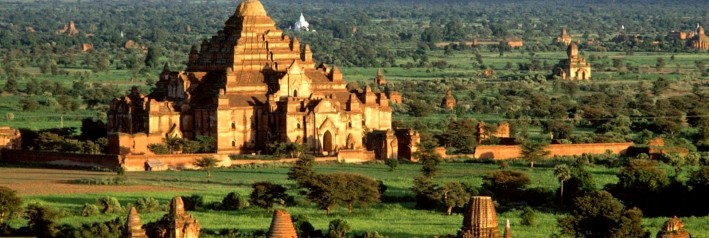
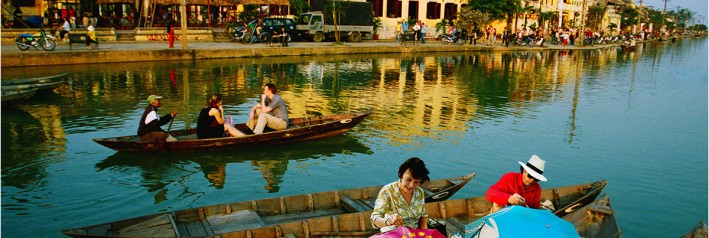
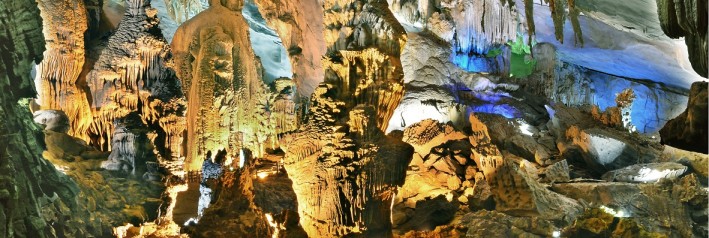
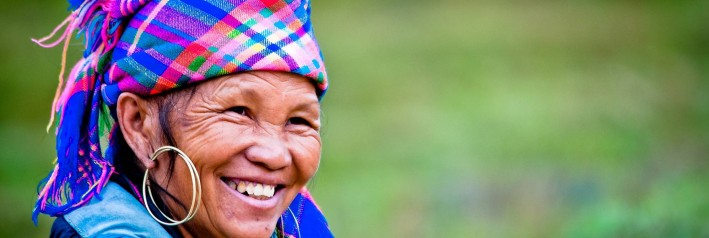
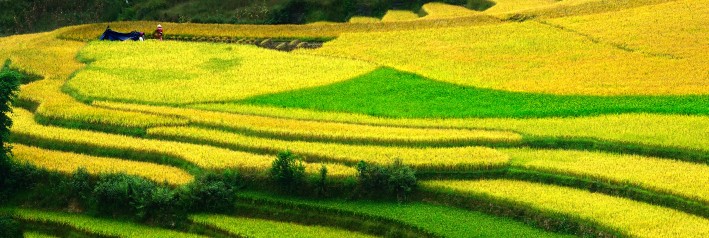



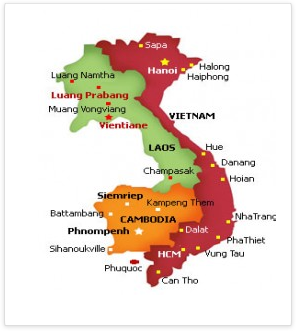
 Find us on Facebook
Find us on Facebook Find us on Google+
Find us on Google+ Find us on Blogger
Find us on Blogger